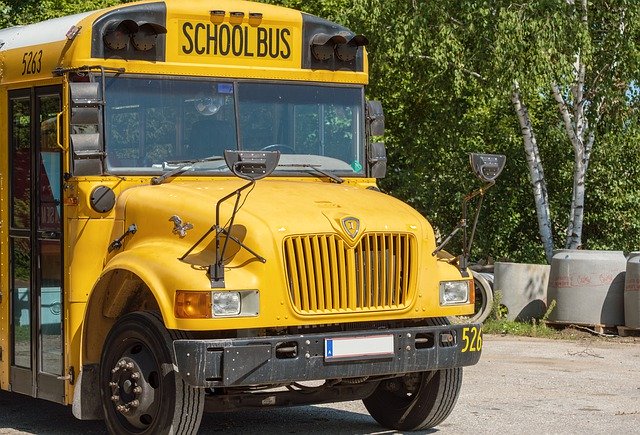Maryland still has not settled the public school segregation argument
BALTIMORE – In the spring of 1954, when the U.S. Supreme Court decreed America’s public schools racially integrated, this city’s leaders quickly complied. The surrounding counties did not, and thus set off the enormous post-war exodus to suburbia and its all-white “public” schools.
Sixty-five years later, the argument over schools and race goes on.
In 1954, in quick contradiction of the Supreme Court’s decree, Maryland’s Board of Education declared: We don’t care. They voted unanimously that public school segregation would remain in force, while the state’s attorney general simultaneously declared the Supreme Court “so far handed down only an opinion…not a decree.”
Here we are, 65 years later, and we still haven’t settled the argument.
In 1954, across Maryland, only eight counties out of 22 were integrated a year after the high court’s decision. Harford County took three years to integrate. It was 1962, eight years after things were supposed to be settled, that the last five Maryland counties opened their doors to black students, while the suburban exodus picked up steam year after year.
And here we are, in 2019, and black students are attending public schools across America – but the question is: Which schools?
And the endless debate goes on.
In Howard County, that argument has lately created unanticipated bad blood – most ironically in Columbia, the community developer Jim Rouse created half a century ago as “The Next America,” with hopes for racial integration across all of its socio-economic boundaries.
The bad blood, in fact, has bubbled all the way to The New York Times, which dispatched a reporter to Columbia last week and reported to its national audience the controversial plan to balance the number of low-income youngsters by transferring 7,400 of the district’s 58,000 students.
The idea, as The Times reported, is “an effort to chip away at an uncomfortable truth: some of the country’s campuses have become havens for rich students, while others serve large numbers of children whose families are struggling.”
The plan, introduced by the county’s superintendent of schools, Michael J. Martirano, is called Equity in Action. It would alter the racial makeup of some schools. The majority of poor students in the county are black or Hispanic.
Protesters have flooded recent school board meetings. Thousands of emails and letters to the board have protested the plan. Some are overtly racist. There’s been one publicly reported death threat against Martirano.
Sixty-five years after the Supreme Court allegedly decided race in America’s public schools, the debate goes on.
It’s a debate echoed across much of the nation. But it takes on a poignant overtone when it involves such a place as Columbia, which was created with an ethos of racial and ethnic inclusion.
That ethos would seem to be reflected at Columbia’s Wilde Lake High School, whose enrollment includes 45 percent black students and 13 percent Hispanic. The school’s poverty rate is 46 percent. Its standardized test scores are significantly lower than nearby River Hill’s, in Clarksville, nearly 90 percent white, whose poverty rate is less than 5 percent.
(These figures were compiled by The New York Times from county data.)
At more than a dozen recent school board meetings, hundreds of parents have stepped to microphones to talk about the proposed country redistricting. The vast majority opposed it.
The county school board is expected to vote on the plan this week.
In the immediate aftermath of the Supreme Court ruling in 1954, Baltimore’s school board leader, Walter Sondheim, approached Mayor Tommy D’Alesandro Jr. and asked what the mayor intended to do about school integration.
Sondheim publicly favored it, and had rounded up school board support for the high court’s ruling – and, for his efforts, found a cross burning on his front lawn.
When he approached D’Alesandro, the mayor had a succinct response.
“The priests tell me you were right,” he said.
And so the city of Baltimore quickly integrated its public schools. The counties did not. The rush to suburbs such as Howard County ensued. And, all these years later, we’re still trying to work things out.

Michael Olesker, columnist for the News American, Baltimore Sun, and Baltimore Examiner has spent a quarter of a century writing about the city he loves.He is the author of several books, including Michael Olesker’s Baltimore: If You Live Here, You’re Home, Journeys to the Heart of Baltimore, and The Colts’ Baltimore: A City and Its Love Affair in the 1950s, all published by Johns Hopkins Press.

